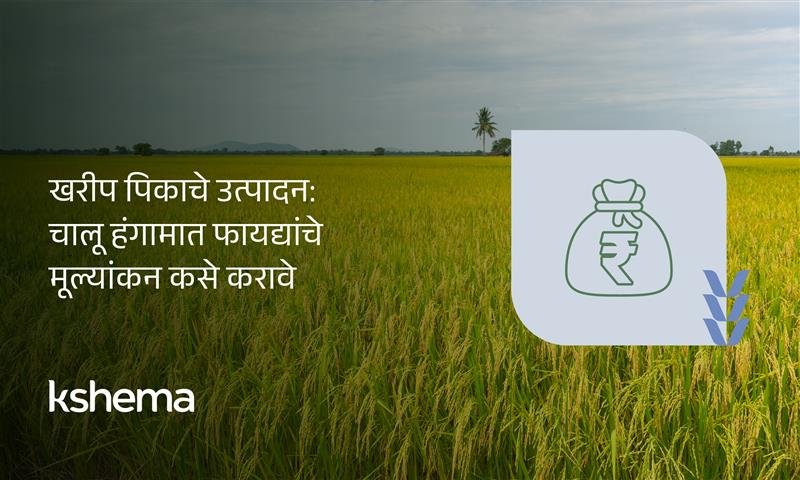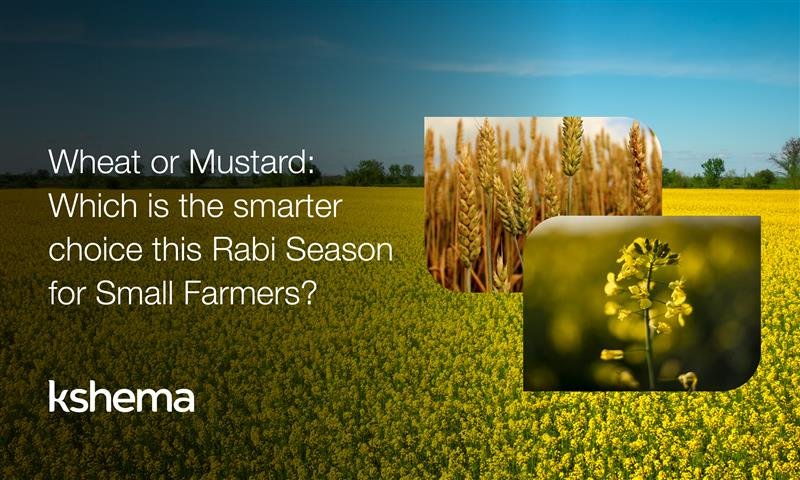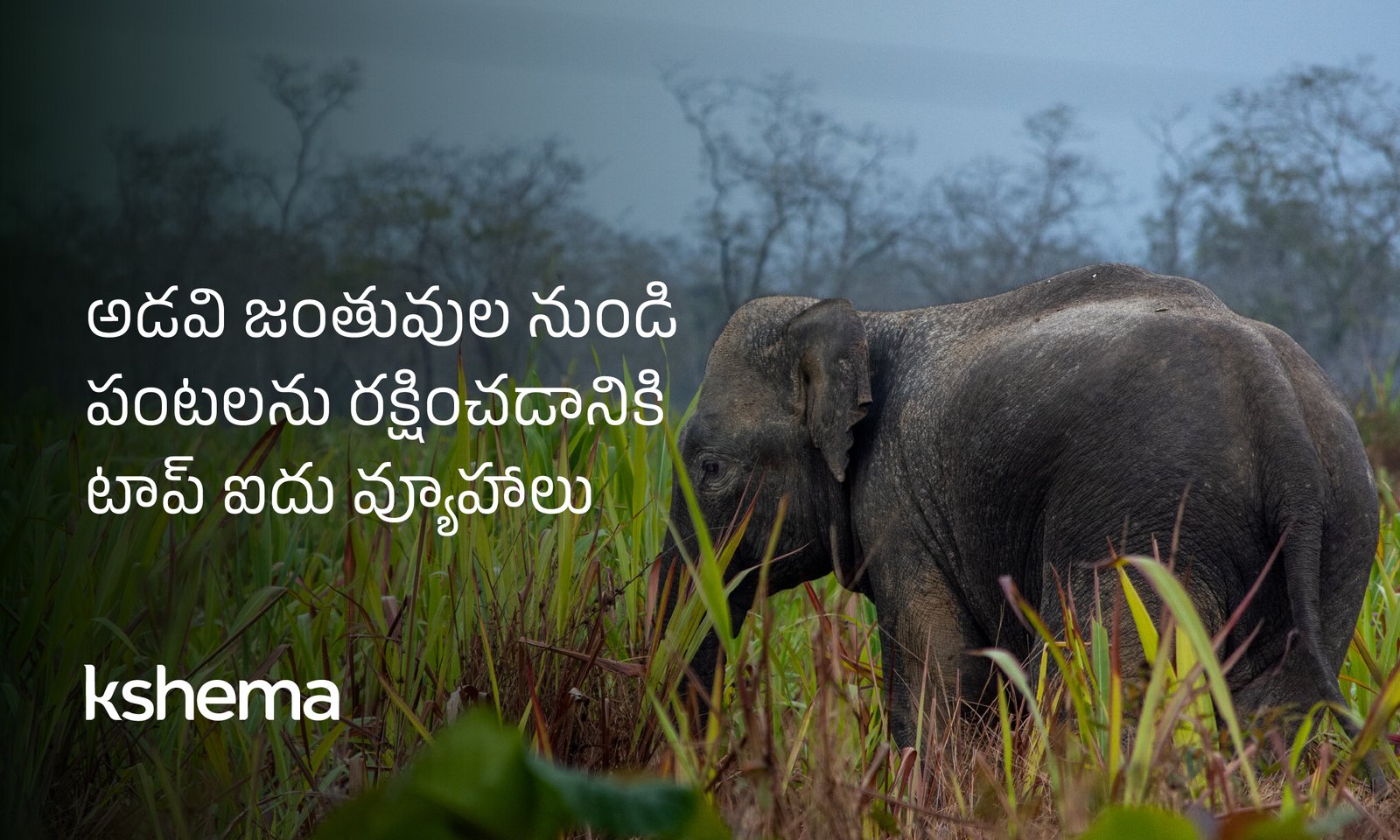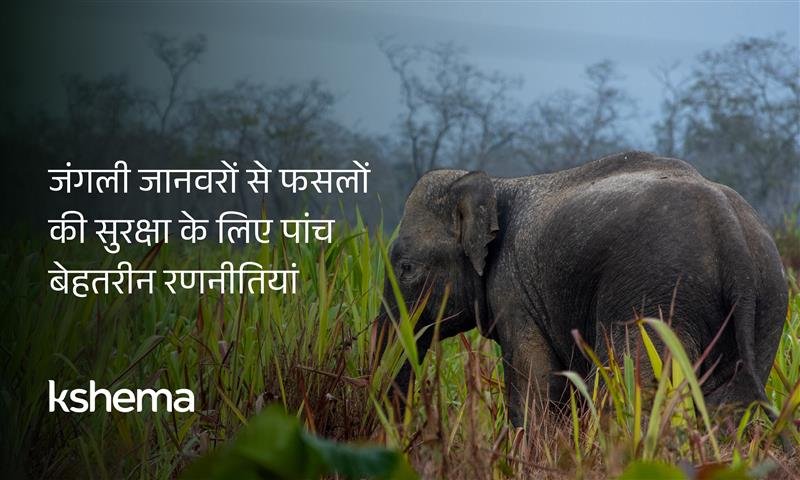Impact of Climate Change on Agriculture and Farming
Climate change is reshaping the global landscape, and agriculture is one of the most affected sectors. The relationship between climate change and agriculture is dynamic, with far-reaching implications for food security, livelihoods, and environmental sustainability. Farmers worldwide are grappling with unpredictable weather patterns, increased frequency of extreme weather events, and the shifting availability of water and nutrients. As we continue to experience these changes, understanding the impact of climate change on agriculture and exploring agriculture climate adaptation strategies become critical to ensuring a stable and sustainable future for food production.
How Climate Change Affects Agriculture
Agriculture and climate change are intricately linked. Changes in temperature, rainfall patterns, and the frequency of extreme weather events directly impact crop yield, soil fertility, and water availability. These changes are not just regional but global, affecting farmers in developed and developing countries alike. The impact of climate change on agriculture manifests in various ways, each with significant consequences for food production and the livelihoods of millions.
1. Shifting Growing Seasons
One of the most visible impacts of climate change on farming is the shifting of growing seasons. As global temperatures rise, crops that once thrived in certain climates may no longer be suitable for those regions. For instance, warmer temperatures can accelerate crop maturation, reducing yields and affecting crop quality. Conversely, in some areas, cooler temperatures may extend growing seasons, but this comes with the challenge of adapting to new weather conditions.
These changes require farmers to adjust planting and harvesting schedules, often with minimal guidance on how climate will continue to evolve. This uncertainty forces farmers to take on more risk and contributes to the growing need for climate adaptation strategies.
2. Increased Frequency of Extreme Weather Events
The increased frequency and severity of extreme weather events such as droughts, floods, and storms are among the most significant impacts of climate change on agriculture. Droughts can devastate crops and deplete water resources, making irrigation challenging. In contrast, floods and heavy rains can damage soil structure, wash away topsoil, and lead to waterlogged fields, which hinder plant growth.
For example, farmers in many regions are now facing more frequent droughts, particularly in sub-Saharan Africa and parts of Asia, which are regions heavily dependent on rain-fed agriculture. Meanwhile, tropical storms and hurricanes, which have become more intense, can destroy entire crops, leaving farmers with nothing to harvest.
To stay updated on rainfall and storm forecasts, visit the IMD Weather Reports.
3. Water Scarcity
Water availability is a growing concern as the planet warms. Climate change is altering precipitation patterns, leading to either excessive rainfall in some regions or prolonged droughts in others. As a result, water resources are becoming scarcer or less predictable, making irrigation more difficult and costly.
In areas facing water scarcity, farmers may be forced to adopt new techniques to conserve water, such as drip irrigation or rainwater harvesting. However, even with these technologies, water remains a precious commodity, and the competition for it is growing. For agriculture to remain viable, sustainable water management practices are essential in adapting to the new climate realities.
4. Pest and Disease Proliferation
Rising temperatures and changing weather patterns also create ideal conditions for the spread of pests and diseases. Many pests thrive in warmer climates, and as these regions expand due to climate change, so does the range of pests that damage crops.
Additionally, changing rainfall patterns and humidity levels can foster the growth of plant diseases, further threatening crop yields. Farmers are forced to invest more in pest management and crop protection, adding to production costs and reducing overall farm profitability.
5. Soil Degradation
Climate change contributes to soil degradation through erosion, salinization, and nutrient depletion. Increased rainfall and flooding can lead to soil erosion, washing away the vital topsoil layer needed for healthy crops. On the other hand, droughts cause soil to harden, making it less suitable for sowing.
Rising sea levels can lead to the salinization of coastal farmlands, rendering them unproductive. This problem is particularly severe in low-lying areas where seawater intrudes into freshwater systems used for irrigation. As the soil degrades, farmers must rely more on fertilizers, which can have their own environmental impacts, further compounding the challenges brought by climate change.
6. Crop Insurance as a Climate Risk Management Tool
Given the profound impact of climate change on farming, it is becoming increasingly important for farmers to safeguard their livelihoods against the unpredictability of the climate. One of the key tools available to mitigate financial risks is crop insurance.
Crop insurance helps farmers recover from climate-induced losses by providing compensation for damaged or lost crops. As weather patterns become more erratic, investing in comprehensive crop insurance policies can help farmers continue their operations, even in the face of adverse climate events. Many governments and private insurance companies like Kshema are now offering climate-smart or peril-based crop insurance products, tailored to protect farmers from the growing risks posed by climate change.
Conclusion
The impact of climate change on agriculture is profound, affecting every aspect of farming, from planting schedules and water availability to pest management and soil health. While the challenges are significant, agriculture climate adaptation strategies offer hope for building resilient farming systems that can withstand the pressures of a changing climate.
By embracing sustainable farming practices, investing in climate-resilient crops, and leveraging tools like crop insurance, farmers can adapt to the new realities of climate change while continuing to produce the food the world depends on. As climate change continues to reshape agriculture, proactive adaptation will be key to ensuring the future of food security and farming livelihoods.
Frequently Asked Questions on Climate Change and Agriculture
Q1: What are the effects of climate change on agriculture?
A: Climate change affects agriculture by altering rainfall patterns, increasing temperatures, and intensifying extreme weather events. These changes can reduce crop yields, disrupt planting cycles, and increase the risk of pests and diseases.
Q2: How does climate change impact farming in India?
A: In India, climate change leads to unpredictable monsoons, droughts, and floods, which directly affect soil health, irrigation availability, and crop productivity. Small and marginal farmers are especially vulnerable due to limited access to adaptive technologies and insurance.
Q3: What strategies help farmers adapt to climate change?
A: Farmers can adapt by using drought-resistant seeds, practicing crop diversification, improving irrigation efficiency, and investing in crop insurance. Digital tools like weather alerts and yield forecasting also support smarter decision-making.










